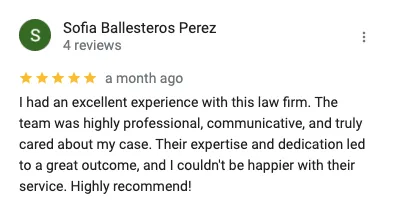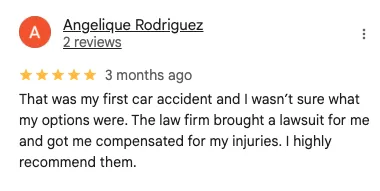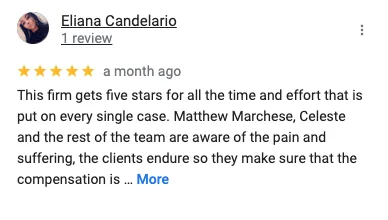If you’re in an Uber and there’s a crash — whether as a passenger, driver, or pedestrian — the decisions you make in the first hour will shape what happens over the next six months.
Here’s exactly what to do if you’re hurt or think you may be:
✅ 1. Screenshot Everything — Before the App Changes
Professional Insight:
The Uber app doesn’t preserve trip data forever. If the trip is canceled, closed, or timed out, the visual proof disappears. Screenshots of the ride screen, driver name, timestamp, vehicle plate, pickup/dropoff location, and even the map route can be crucial. This is especially true in hit-and-run or denial-of-coverage cases.
What Most People Miss:
Uber often claims “no record of a trip” if you can’t prove you were in the car at that time. The receipt that shows up later isn’t always enough — it doesn’t contain trip status logs or GPS details.
Real-World Move:
While still in the car — or immediately after the crash — take screenshots of:
Trip in progress
Driver name & plate
Time & location
Map route
Any messages between you and the driver
✅ 2. Take Your Own Photos — Not Just of Damage
Professional Insight:
Uber or their insurer may later claim the damage wasn’t that bad or that your injury couldn’t have come from the crash. Don’t just photograph vehicles — photograph your position in the car, street signs, the airbag, broken glass, what shoes you were wearing if you fell, etc. These details will later be used to prove force, impact direction, and scene integrity.
Real-World Move:
Snap 15–30 photos minimum:
All four sides of every car
Your seatbelt position
Any visible injuries
Street/intersection
Weather conditions
Driver’s license plate and sticker (Uber, Lyft, TLC)
Even if you’re shaken, try to do this before EMS arrives or as soon as you’re able.
✅ 3. Ask for the Driver’s Insurance — Don’t Assume Uber Is Handling It
Professional Insight:
Uber drivers are required to carry personal insurance, but many don't disclose they’re driving for Uber. If you don’t get their info at the scene, it can be difficult or impossible to follow up. Uber may redirect you to a generic third-party portal without giving you the driver’s actual coverage details.
Real-World Move:
At the scene (or in the ER), ask:
Do you have a copy of your insurance card?
Is this the car registered with Uber or a rental?
What insurance do you use — is it Uber or personal?
Write it down. Take photos if needed. Don’t rely on Uber support to hand it over later.
✅ 4. Get Medical Attention — Even If You Think You're Fine
Professional Insight:
In New York, you only have 30 days to file a no-fault claim. If you delay treatment, Uber’s insurer (or any other) may argue your injury wasn’t real or wasn’t caused by the crash. Go to urgent care, ER, or a city-approved medical provider who documents and codes the injury properly.
What They Don’t Tell You:
Many Uber-related injury claims are denied because the person “felt okay” at the scene and didn’t go to the doctor right away. That gap becomes a liability dispute months later.
Real-World Move:
Even if it's just stiffness or shock, visit:
CityMD, BronxDocs, Montefiore Urgent Care, etc.
Request a visit summary + diagnosis on paper
Note what body parts you discussed (neck, knee, back)
✅ 5. Do Not Rely on Uber’s In-App Report Feature
Professional Insight:
Uber’s in-app crash report tool is designed for internal platform use — not legal reporting. It logs the event, but it doesn’t preserve evidence or trigger any claim protection on your behalf. In some cases, it can actually work against you if your statement is vague or inaccurate.
Real-World Move:
If you report in the app, keep it short:
“Crash occurred. Driver remained on scene. EMS arrived.”
Then send a proper legal preservation letter later — preferably with help — to ensure Uber, the driver, and any insurer retain data.
✅ 6. Secure the Trip Data Before It’s Gone
Professional Insight:
Uber stores trip logs — GPS, timestamps, vehicle location, ride start/end — but they don’t release it without legal pressure. If the case may go to court, you need to preserve that data ASAP. A formal “spoliation” or preservation letter should be sent to Uber and the insurer within 10–15 days.
Real-World Move:
Use an official channel (email, certified mail) to demand they preserve:
GPS logs
Ride receipts
In-app communication
Internal incident reports
If this isn’t done, they may later claim it no longer exists or that they can't verify your account.





